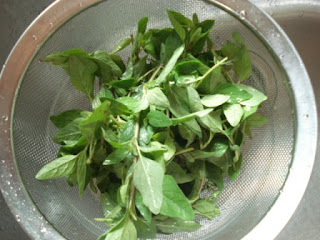 |
| The covered bridge at Bull's Bridge |
The sun's shining again; waters are receding; it’s a perfect time to head out and celebrate nature, rather than preparing for (or cleaning up after) its destructive forces. Irene’s intensity will have created amazing running water in many local sites. One of my favorite places to explore after a storm, or any time, is the Housatonic River.
 |
| View of the Housatonic River from inside the covered bridge |
Take Route 22 north of Pawling and turn right onto Route 55 east. Turn left at Weebatuck Village, and take Dog Tail Corner’s Road (which becomes Bull’s Bridge Road in Connecticut) to the covered bridge. There is a new large parking area immediately after the bridge. map Walk through the bridge (gaze north at a picture perfect view of the gushing river); walk over the powerful falls; and turn left at the carriage road where you'll see the trail map.  |
| The trail parallels the Housatonic River for a few miles. |
The carriage trail narrows as it follows the Housatonic River. Stay left (along the river) when a trail veers off to the right, and you will eventually come to a high bridge that is part of the Appalachian Trail.
 |
| Ten Mile River |
When you finally pull yourself away from the allure of the rivers, reverse course and back track to the covered bridge and the parking lot at Bull's Bridge.


















